Asobou Box
It’s Asobou (遊ぼう, let’s play in Japanese) time! Have you ever wondered what Japanese children grew up playing with? Treat yourself or your kids to this wonderful Asobou Box, Japanese Toy Box, and learn how to play with a variety of traditional toys!
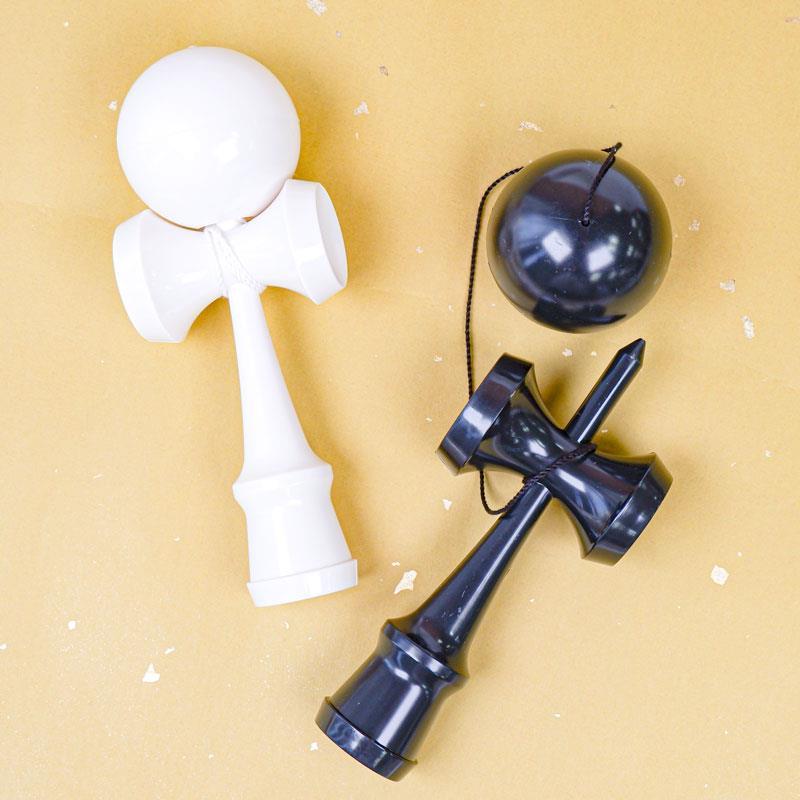
Kendama
The unique Japanese Kendama is a popular skill toy that has been around for ages. The “sword” (ken, けん) “ball” (dama, 玉) consists of 2 simple elements: a handle and a ball, both connected by a rope. It’s a game with a simple goal: balance the ball on the handle and vice-versa. In reality, this simple toy, said to be a distant cousin of the French Bilboquet, has now evolved into a competitive sport with players mastering astounding tricks using the rope, shape, and gravity to their advantage!
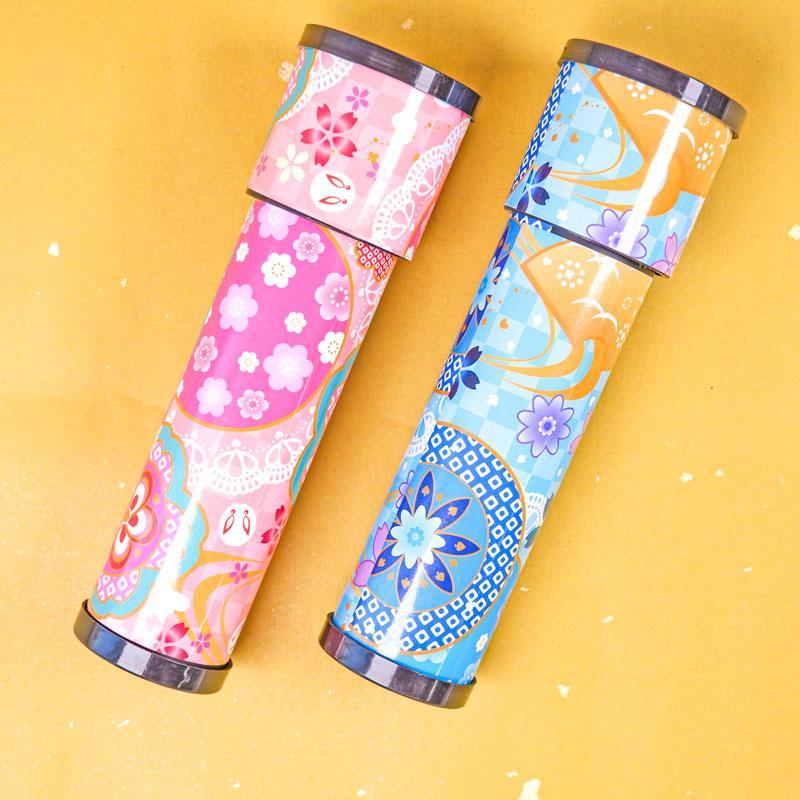
Mangekyou
Here you have a very nostalgic Japanese toy: the kaleidoscope. It is a kaleidoscope under the theme "Cute Japanese galaxy" with a Japanese style pattern design. Take the kaleidoscope in your hand, and turn it around to lead the beads roll and create various original patterns.
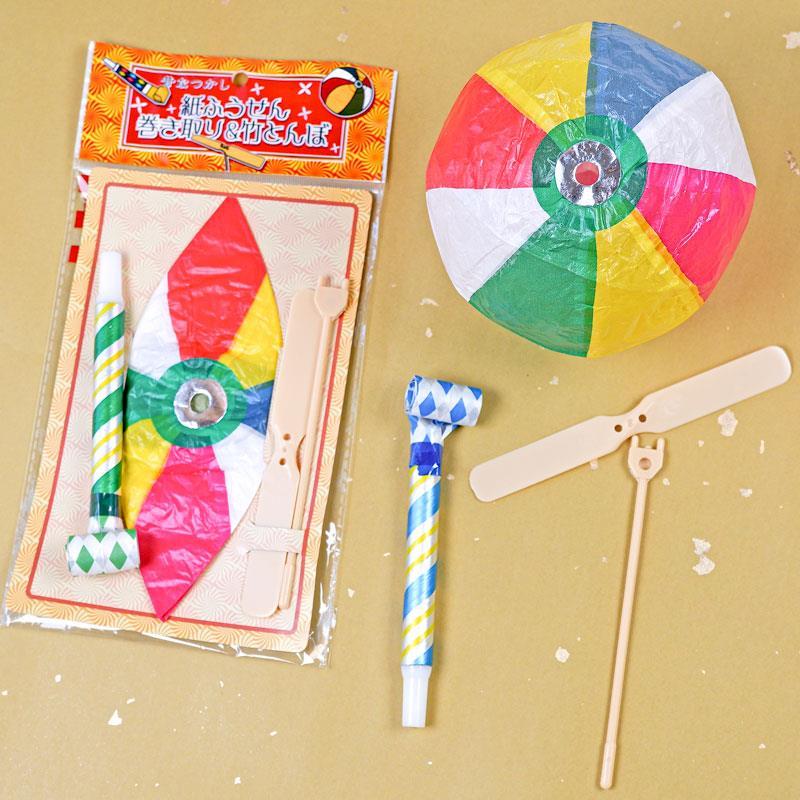
Paper Balloons, Fukimodoshi and Taketonbo
Enjoy a set of Japanese-style toys Paper Fusen, Whistle & Bamboo-copter (taketonbo, 竹とんぼ). Kamifūsen (紙風船, literally: "paper balloon"), refers to several types of paper balloons in Japanese culture. They used to traditionally be sold in dagashiya (駄菓子屋) with snacks and candy for children. The kids would gather a few yen from their parents, and get themselves a simple balloon and snack to play with their friends in the afternoon! Even today, they are still popular, and every year on February 10, the Kamihinokinai Paper Balloon Festival takes place in Akita prefecture!
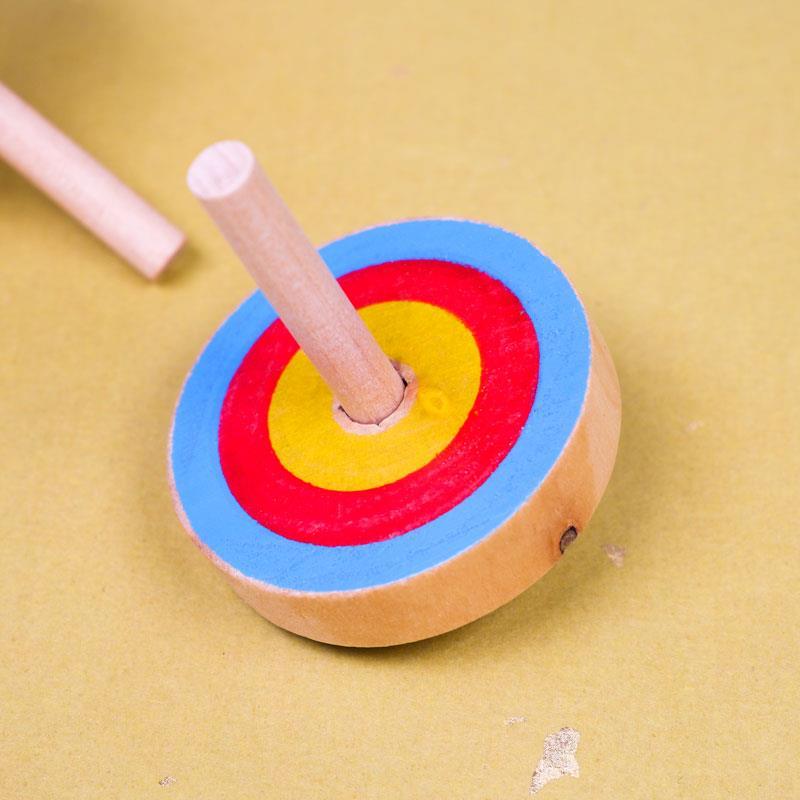
Komanosuke
Are you familiar with Beyblades? The popular spinning top fighters inspired from the anime Beyblade (ベイブレード) is actually a more modern version of the traditional Komanosuke (こまのすけ), also known as Beigoma (ベーゴマ). Classic versions are often decorated with a kanji, and when spun correctly, the beigoma makes a humming sound. Challenge your friends to a beigoma battle. The winner is the player whose top spins the longest or successfully knocks the opponent's top out of the playing area. How long will you be able to keep yours spinning?
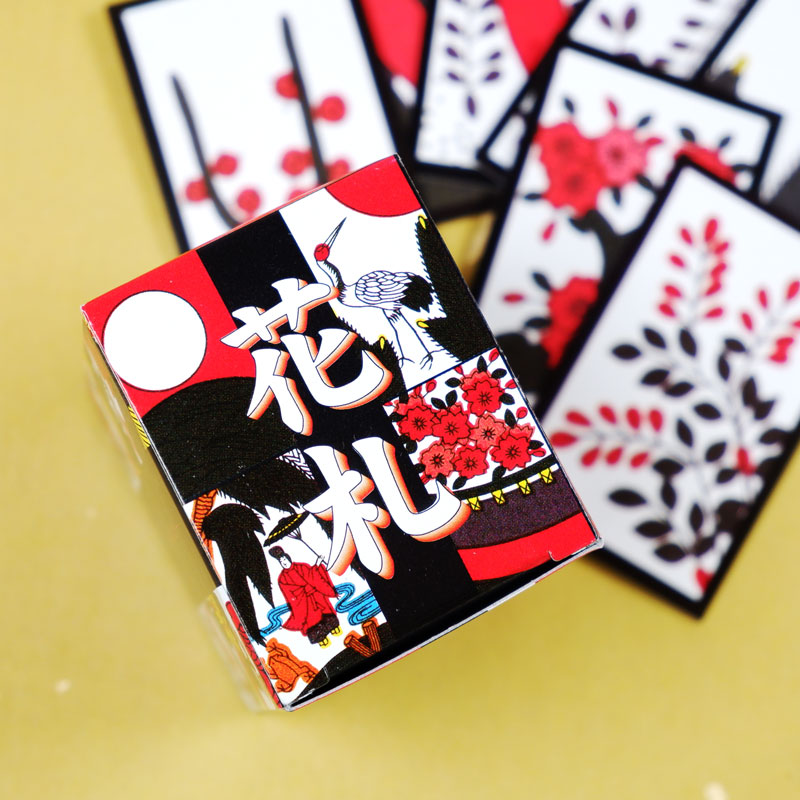
Hanafuda
The famous “flower card” game, Hanafuda (花札), dates back to the 16th century, just like the above-mentioned Beigoma. These cards depict animal or flower shapes, with one of them having a human image on top! They are typically used to play games such as Koi-Koi and Hachi-Hachi, of which you can find the rules easily online! These cards actually have an interesting history. Throughout the Edo period, from the 16th to 19th century, card games were fully banned in Japan, and therefore patrons found new, original ways to play by creating these smaller, easier to conceal cards!
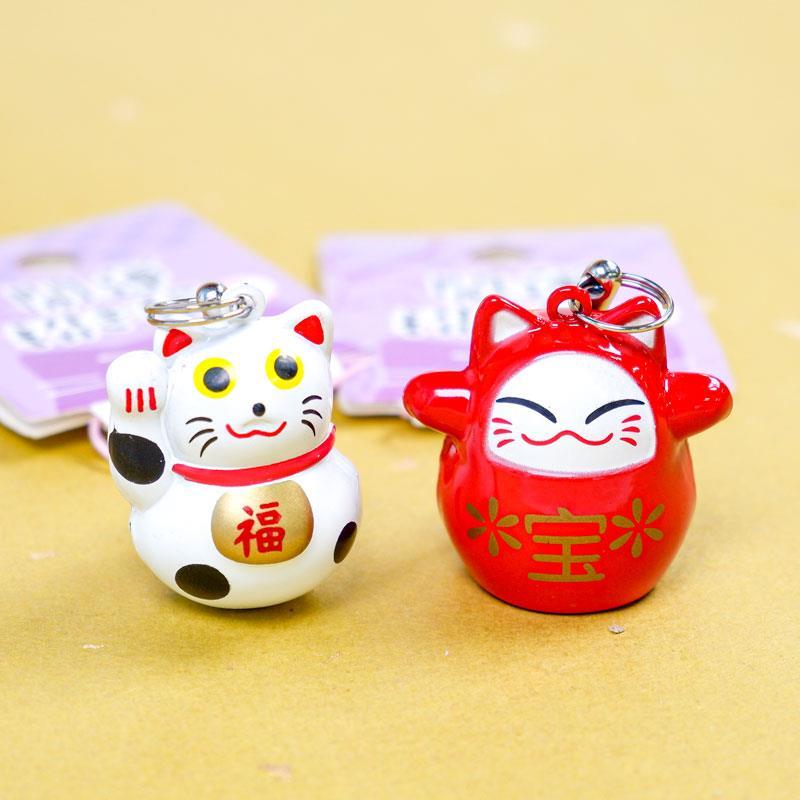
Kaiun Maneki Neko Key Chain
You’ve seen the famous cat statue that waves its hand at visitors in front of stores or inside restaurants? That’s the manekineko (招き猫). It’s believed to bring good luck to the owner! In fact, different cat sizes, shapes, colors, and moving paws can bring luck for different things! We’ve included this little manekineko chain to your box to bring you some good luck with all the games that you’re about to take on!
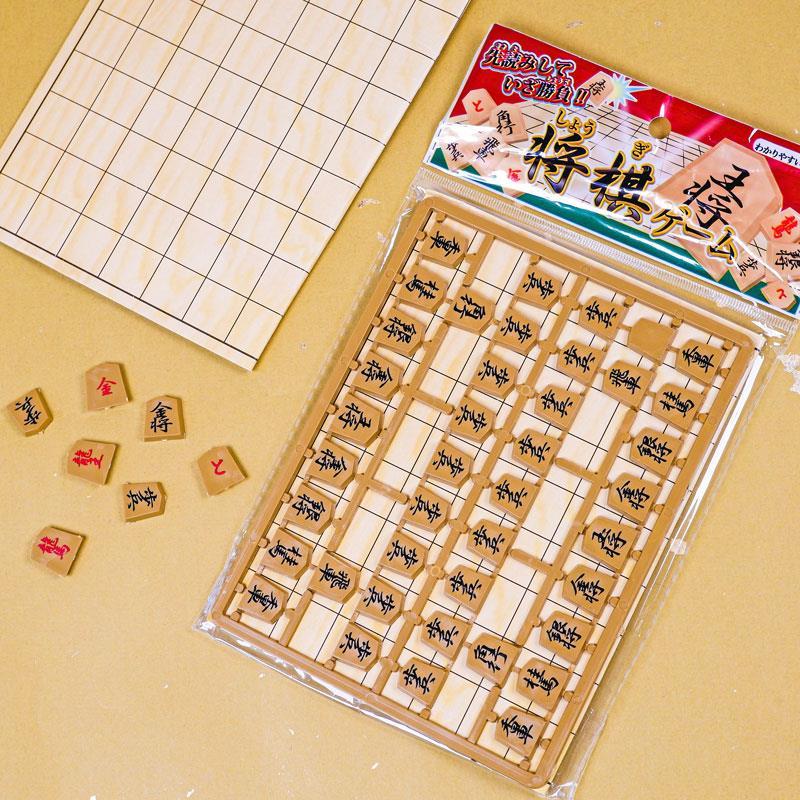
Shogi Game
A relative of chess: shogi (将棋). These game is also frequently called Japanese chess. The rules are quite similar, and you’ll find a description of how to play on our blog! The name is quite interesting. Shōgi means general's (shō 将) board game (gi 棋).It’s a strategy game, and just like chess, the goal is to checkmate the adversary player’s king (玉/王)! Who will you challenge to a game first?
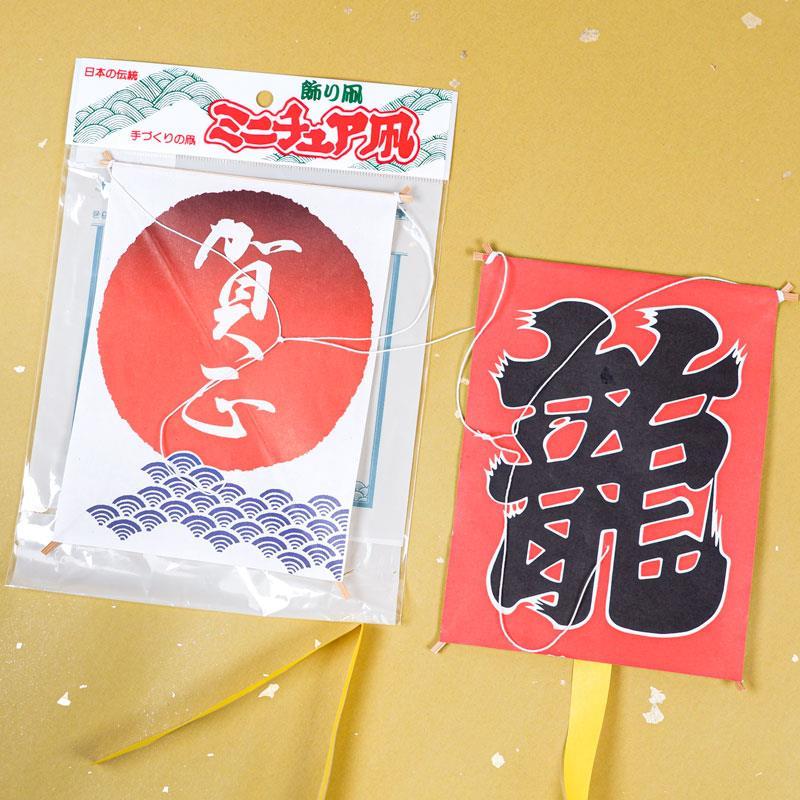
Miniature Tako
Are you ready to let the wind fly your little kite? In Japan, kite flying is traditionally a children's game for the New Year holidays and during the Boys' Festival in May. In some areas of Japan, there is even a tradition to celebrate a new boy baby with a new kite (祝い凧). There are many kite festivals throughout Japan and some of the kites are impressive. The most famous one is "Yōkaichi Giant Kite Festival" in Higashiōmi, Shiga, which started in 1841. The ones included in your box are very small, and we’d recommend not exposing them to strong winds, rather enjoy them as a decorative item from Japan!
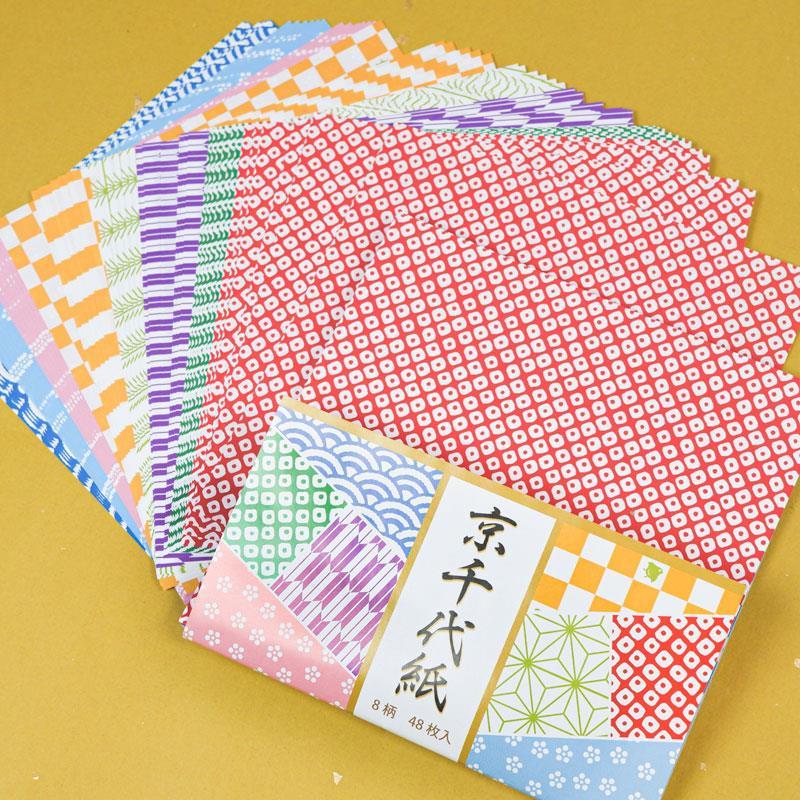
Kyou Chiyogami
What a better way to finish this traditional Japanese toy box with an origami (written おりがみ or 折り紙) set? The art of folding paper is old and can be traced back to the 17th century. The post warring states period gave a lot of room for leisure and the invention of toys in Japan. Traditional Japanese origami, which has been practiced since the Edo period (1603–1867), has often been less strict about conventions. It’s possible to start with non-square shape paper and even to use scissors to make small adjustments! Create your own beautiful design with those lovely patterns, and appreciate a little quiet and relaxing moment.